SPRÁVA Z KONFERENCIE „HOLOKAUST NA ÚZEMÍ DNEŠNÉHO JUŽNÉHO SLOVENSKA“, KOŠICE, 22. MÁJ 2014
Conference report from the Scientific Conference “The Holocaust in the Territory of the Present-Day Southern Slovakia” Košie, Maz 22nd, 2014.
More...We kindly inform you that, as long as the subject affiliation of our 300.000+ articles is in progress, you might get unsufficient or no results on your third level or second level search. In this case, please broaden your search criteria.
Conference report from the Scientific Conference “The Holocaust in the Territory of the Present-Day Southern Slovakia” Košie, Maz 22nd, 2014.
More...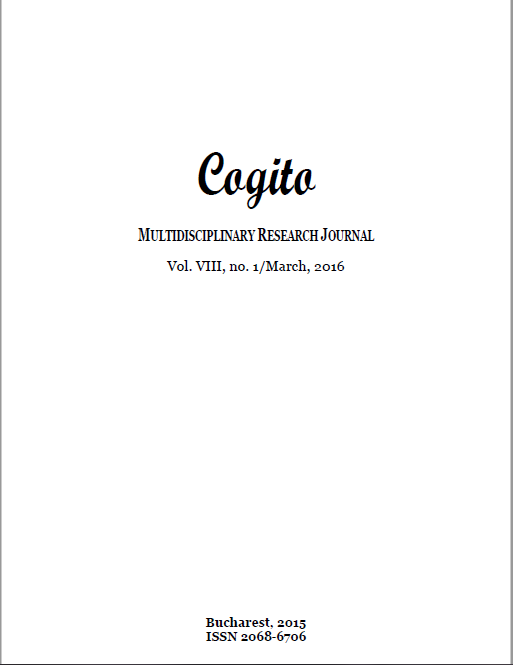
In the summer of 1940, the Greater Romania disintegrated by successive territorial concessions to the revisionist neighbouring states (USSR – June, Hungary – August and Bulgaria – September). The dictator King Carol II abdicated on 6 September 1940 and a government supported by Nazi Germany was formed. It was made up of military and local allies of the Nazis – Legionnaires. The two governmental camps did not get along and between Legionnaires and General Ion Antonescu (Head of government) a power struggle started. The legionnaires were less concerned about the government, using its power to take revenge on former political adversaries. There were murders, robberies on private property and pogroms against the Jews. The National Legionary government ended in violent activity, by a street battle with the army in January 1941.
More...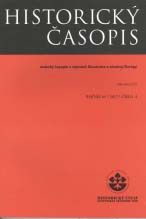
The study analyses the reactions of members of the Slovak army stationed on the Eastern Front to the emerging genocide against the Jewish population in the conditions of Nazi occupation during the first weeks of the war. On the basis of the avail¬able sources, the author states that under the influence of the propaganda, which accused the Jews of supporting the Bolshevik regime, intense anti-Semitic feelings also resounded among the Slovak soldiers at the front. Many soldiers, including the highest representatives of the army, openly approved of violence against the Jews as an act of just revenge, even when it acquired the character of genocide. In some cases, there was voluntary participation by soldiers in anti-Jewish pogroms carried out by the local population. The author also analyses the official attitude of the leadership of the army to violence against Jews, and describes it as ambivalent. The author also considers the reaction of the Ľudák representatives in Slovakia, who increased their anti-Jewish rhetoric and radicalized their anti-Jewish measures including preparations to deport the Jews to the Nazi extermination camps, in spite of the fact that they knew that genocide was beginning.
More...
The subject matter of land reform and the related issue of ensuring that land was owned by ethnic Slovaks, had already appeared in Slovakia in the time of autonomy after 6 October 1938. Reflections about the change of land ownership from the beginning referred not only to Jews, but also to the land of foreigners, the land allotted within the 1st land reform, as well as to the land of Slovaks. The prepared land reform was supposed to compensate for the iniquities caused by the 1st land reform and return the land back “to the hands of those who truly work on it”. Unlike the owners of shops and enterprises, Jewish landowners did not represent a very large class of people, but even in spite of this fact, the following Aryanization of this Jewish land property was subject to corruption. The local and state authorities as well as common people participated in the process of transferring Jewish land into the hands of “Aryans”. However the Slovak government failed in its effort to create a strong middle class of peasants who would support Hlinka’s Slovak People’s Party.
More...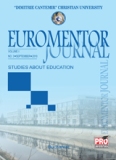
This article aims at presenting the way in which a doctor, who is at the same time a prisoner in Dachau and Auschwitz camps, manages to resist during three years of physical and mental torture in these camps and in the end to survive. From his experience in the camp, he discovered the way to escape from the horrors of everyday life, that is by psychically detaching from everything that was connected to pain. Being a specialist in psychiatry, the author analysed the behaviour of his colleagues and discovered that only by cultivating forms of art and by developing one’s sense of humor, one could cope with the injustice and cruel treatment from the camp. In the end, these tools of psychical detachment proved to be the only ways in which the prisoner could hope of survival. Therefore, there are many examples in which one can learn from the prisoners in the camp that by laughing or by trying to see the best in every circumstance, even in the worst ones, one can overcome any hardships.
More...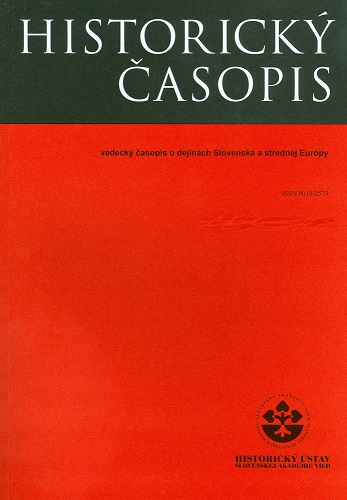
The study is devoted to the participation of the notable Slovak writer Ľudovít Mistrík-Ondrejov in the Aryanization of Jewish property in Slovakia in the period 1939–1945. The fact that Ľudovít Mistrík-Ondrejov profited from the Aryanization of Jewish firms is relatively well-known and was already publicized in connection with the bookshop owning Steiner family, whose business Mistrík-Ondrejov Aryanized. The present study is a comprehensive study of the Aryanizing activities of Ľ. Mistrík-Ondrejov, covering not only the Aryanization of the Steiner bookshop, but also of the Känzler Brothers firm in Bratislava from which Ľ. Mistrík-Ondrejov personally profited. The study provides hitherto unknown fact about both Ľ. Mistrík-Ondrejov’s Aryanizations.
More...
Review of: NIŽŇANSKÝ, Eduard – HRABOVSKÝ, Milan. RASIZMUS, ANTISEMITIZMUS, HOLOKAUST (ANTICIGANIZMUS). Bratislava : Stimul, 2013, 309 s. ISBN 9788081270925.
More...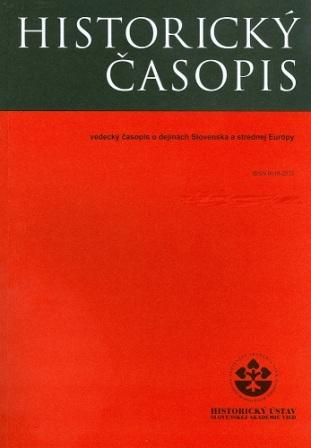
In spite of the substantial results of research on the Holocaust in Slovakia in recent decades, gender analysis has not been done, and is still not one of the regular instruments for research on the history of the Holocaust in the Slovak academic community. The aim of the present study is to present the possibilities for the use of gender as an analytical category in research on the Holocaust. The study is composed of two main parts: theoretical and practical. The first part is a review of the most important aspects of the Holocaust with an emphasis on gender analysis. In the second part, the theory is applied to a case study of the experiences of women and men in the Sereď Camp. The study attempts to point out the possibilities for enriching research on the Holocaust and other historical themes by using gender analysis.
More...
In 1942, the regime of Hlinka's Slovak People's Party deported more than 57,000 Jews to territory under the control of the Third Reich. Of these, 40,000 Jews were deported to the General Government´s Lublin District, where Operation Reinhardt, one of the biggest extermination operations of the Holocaust, was just beginning. Its central elements were Belzec, Sobibor and Treblinka death camps. Therefore, the vast majority of Jews deported from Slovakia in 1942 fell victim to extermination Operation Reinhardt. The article presents a set of documents that characterize deportations of Slovak Jews to the Lublin District, as well as Operation Reinhardt itself.
More...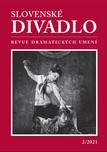
The aim of this study is to map the evolution of Slovak films dealing with the subject of the Holocaust and the persecution of the Jewish minority in the twentieth century. Although it zooms in on a wide range of relevant narrative (and, marginally, also documentary) films, its main focus is on the analysis of narrative films by Slovak film makers whose central theme is the Holocaust − Námestie svätej Alžbety (The Square of Saint Elizabeth, 1965), Obchod na korze (The Shop on Main Street, 1965), Nedodržaný sľub (Broken Promise, 2009), and Správa (The Auschwitz Report, 2020). It tries to find the sources of inspiration for these films, examines the diversions of their final adaptation from their literary bases, and ponders their place in Slovak and global cinema. It also addresses the reasons why films with this subject were absent in certain periods of post-war Slovak history.
More...
There are no simple solutions or miracle cures to prevent the emergence of political systems that commit crimes against humanity. The creativity of evil is as limitless as that of good. While the crimes of National Socialism can be clearly documented and communicated - from the persecution of the Jews and Hitler's ideology to the concentration camps and those responsible for the ‘Final Solution’ - the history of communist totalitarianism is less tangible. There is often a lack of information about the number of victims, perpetrators or the locations of the gulags. The reasons why parts of Europe adopted these regimes and why they lasted so long remain difficult to explain. However, writers and artists of the time have helped to shed light on the atrocities. It also emphasises the importance of willpower, which enabled people to survive in the midst of such extreme situations.
More...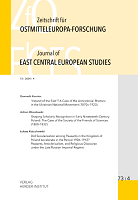
Review of: Hanka Grupińska: Die Liste lesen. Erzählungen über die Warschauer Aufständischen der Jüdischen Kampforganisation. Aus dem Poln. von Andreas V o l k . (Studien zu Holocaust und Gewaltgeschichte, Bd. 6.) Metropol. Berlin 2023. 239 S., Ill. ISBN 978-3- 863317041. (€ 26,–.).
More...
Once one of the most numerous and prosperous minorities in Yugoslavia, the number of Jews declined from over 80,000 to 15,000 in the years aft er WW2. Th is number further decreased due to migration to Israel in the first post-war years, and further impoverishment took place because of confi scation and restitution of the majority of private and communal Jewish property, and enforced renouncing of Yugoslav citizenship. The first multi-party elections in Yugoslavia brought to power nationalist elements in all republics, which was followed by civil war, and the breaking of socialist Yugoslavia. Jews of Yugoslavia found themselves on different warring sides. Fragmentation on all confronted sides made the Jewish community even more vulnerable. A huge majority of former Warsaw Pact members after the Berlin wall fell passed laws for restitution of property taken by the state in post WW2 period. Jews of Yugoslavia, in several new states, had promises from state offi cials that their property would be restituted and errors made half a century ago would be rectifi ed. Th e only case where such a promise came true was Serbia. In 2011 Serbia passed General Restitution Law concerning individuals, therefore also Jews. In 2006 Serbia passed Law on property of the religious communities that also included Jewish community and that helped restitution of the Jewish communal property. The state of Serbia is the only state in the region that passed the Jewish Lex Specialis that concerns on Jewish property with no successor but also unclaimed Jewish property in February 2016. Croatia passed a General Restitution Law in 1996, and amended it in 2002, but it only aff ects property nationalized aft er May 1945. That Law is limited to direct successors who are Croatian citizens or citizens of countries which have bilateral agreements with Croatia. Due to very high taxes, in some cases reaching 25% of property value, a lot of Jewish requests remained unsolved. Bosnia and Herzegovina is one of the rare European countries that did not pass such a law. Moreover, the BIH constitution declares three constituent nations: Serbs, Croats and Bosnians, while others as minorities cannot be nominated for state positions, according to chapters IV and V of the BIH constitution (Sejdić and Finci v. Bosnia and Herzegovina). Th is paper aims to give insight into the economic power of Jews just before the breakdown of Yugoslavia, and the current economic situation of Jewish communities in Serbia, Croatia and BIH, with a special emphasis on their economic, legal and social position in the last two decades. Th is restitution issue is very important for it shows how much goodwill states have for helping their local Jewish communities. The research material is obtained from local Jewish communities, periodicals, reports, interviews, conferences, scientifi c journals and statistical data of all three states and various Jewish organization. Facing the past, admitting and rectifying remain open issues in those countries, and they are excellent indicators of the progress achieved in the last 25 years.
More...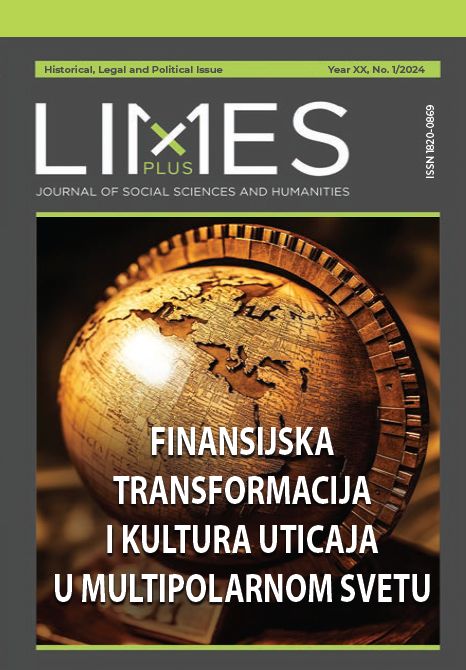
Maja Vasiljević, Jevrejski muzičari u Beogradu od Balfurove deklaracije do Holokausta, Beograd, HERAedu i Muzikološki institut SANU, 2021.
More...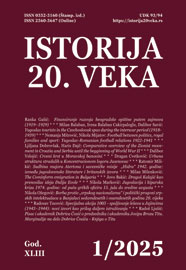
Based on the results of the partially revised List "Victims of the War 1941-1945", the paper covers the hitherto completely unexplored topic of the urban structure of civilian losses from the territory of the NDH. In an extremely rural environment such as the NDH, most of the civilians who died (86.11%) came from settlements with up to five thousand inhabitants. The largest part of the civilians who died in Jasenovac concentration camp (80.43%) also came from settlements where up to five thousand inhabitants lived, which was 1.07 times less representation in the losses than their participation in the population of the NDH (85.94%). Residents of Zagreb and Sarajevo represented the largest victims of the Jasenovac camp with 10.75 of the losses in the camp, as their representation in the losses was 2.26 times higher than their participation in the NDH population (4.75%). With that, Jasenovac stood out as a place of suffering for the inhabitants of big cities, since the losses of civilians from the two largest cities were realistically 2.42 times higher than the losses of civilians who came from settlements with less than five thousand inhabitants. The role of Jasenovac in the destruction of civilians from settlements of different sizes was not equal. From all civilian victims from the two largest cities, 36.88% lost their lives in Jesenovac, while, on the other hand, only 22.91% of all victims from settlements with less than five thousand inhabitants died in that camp. Nine tenths of the Serbs and Roma who died in Jasenovac came from settlements of up to five thousand inhabitants, two-thirds of Croats and three-fifths of Muslims, while only one-seventh of the victims were Jews. On the other hand, three-fifths of the Jews, one-fifth of the Croats and one-eighth of the Muslims who died in Jasenovac came from the two largest cities. Jews represented four-fifths of the losses of the civilians from the two largest cities, while Serbs accounted for three-quarters of the civilian losses from settlements of less than five thousand inhabitants.
More...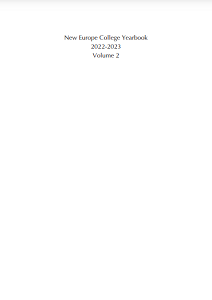
This text is devoted to analyzing one document, namely the report of the head of the Karaite community in Germany, Moshe Kovshanly, addressed in 1943-1944 to the former Hakham of the Karaites of Poland, Seraj Shapshal. In his report, Kovshanly describes the controversial Nazi policy toward the Karaites from 1933 till the time of the report. The article describes the process of how the Karaite population in Germany fled German repression, analyzes what Kovshanly was silent about in his address to Shapshal and for what reasons, and also discusses the participation of the Russian “white” emigration in the persecution of the Karaite population and the Jews in Germany.
More...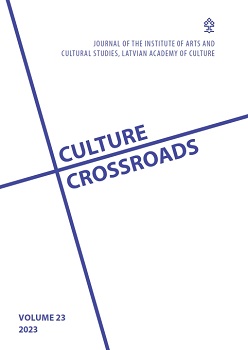
The article will focus on the use of immersive virtual reality experiences in the interpretation of the dark heritage for young audiences. Here, through a case study of the Žanis Lipke Memorial, a new virtual reality experience was tested with young people, evaluating the benefits and shortcomings of this tool in conveying the story of the largest Jewish rescue mission at the time of the Holocaust in Latvia. Given that every heritage institution aims to pass on the heritage to future generations, it is also essential for them to keep up with the practices of the new generation of the digital natives in their information-seeking, education and leisuretime habits, given that technology plays a pivotal role in their daily life. While virtual reality is often associated with the entertainment and gaming industries, it is also increasingly used in educational processes, in this case – as an interpretive tool in educating people about the Jewish rescue mission and Holocaust at the Memorial. Young people in the focus groups acknowledged the emotional, embodied and implicit learning aspects of the virtual reality experience, but also pointed out some spatial and technological shortcomings of it. While some had relatively low initial expectations about the innovativeness of the Memorial, in the end, most recognised that the high-quality, realistic and historically accurate immersive virtual reality experience, combined with a physical tour at the Memorial, provided a deeper understanding of the historical event in question.
More...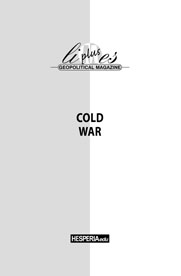
This paper focuses on the various receptions of the film called Ghetto publicly screened first in 1975 in Hungary. It aims to interpret to the ways in which themes brought up by the film, such as the Shoah or the Jewish ghetto, were recognized on the one hand by politics and professionals, and on the other, by Jewish communities. Further this paper attempts to touch upon the taboo of silence enveloping Jews and the issue of Jewishness under communism.
More...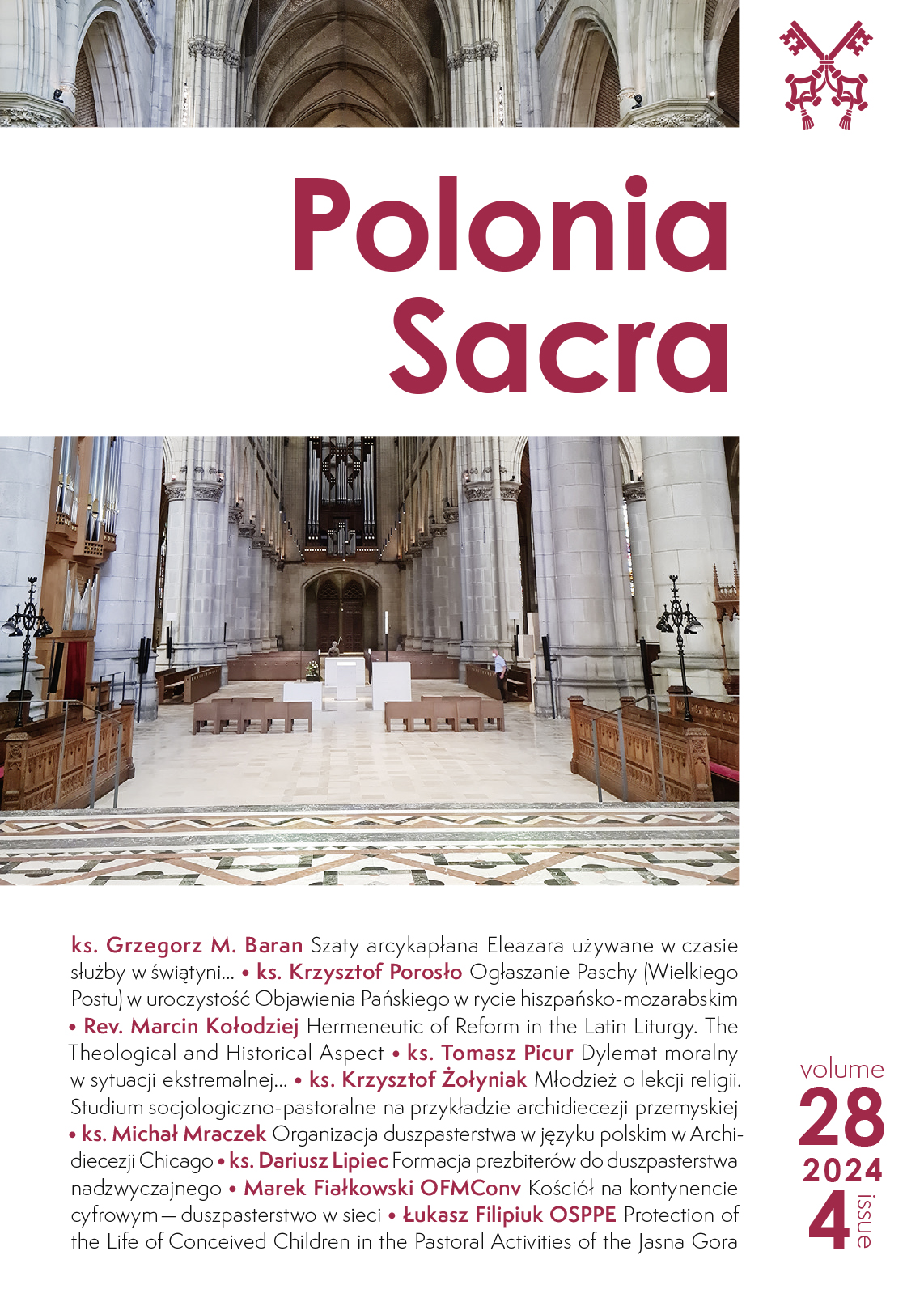
Recently, a particularly significant — both for the Church and for our Homeland — hasbeen the beatification of Józef and Wiktoria Ulma together with their children. TheBlessed couple, motivated by their faith and the evangelical ideal of love for one’sneighbour, gave shelter to eight Jews and kept them under their roof even thoughthey realized the risk they were taking and the possible consequences. On findingit out, German occupation authorities had them shot together with their childrenand the Jews on 24 March 1944. Although their attitude is universally acknowledgedto be heroic and praiseworthy and its rightness has been confirmed by the Churchthrough the Act of Beatification, occasionally opinions are voiced suggesting thatthe decision was irresponsible and that it exposed their family to danger. This articlepresents an analysis of the decision by the Blessed Józef and Wiktoria Ulma from themoral theology perspective and is aimed at clarifying the controversy. By placing thecore of the problem of whether “to protect one’s own family or rescue others” not onthe axis of the conflict between moral duty and a facultative action, but in the area ofthe dilemma between two duties (the Ulmas’ deeply interiorized evangelical ideal oflove for one’s neighbour was for them a moral duty as well), the present study justifiestheir effort to simultaneously fulfil two moral challenges, arduous but likely to bereconciled and fulfilled. Facing this challenge is testimony to the enormity of theirhumanity and the heroism of their faith.
More...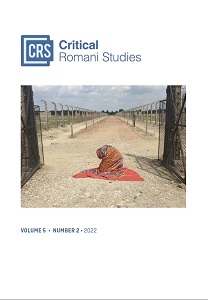
The article explores the underrepresentation of Romani perspectives and self-perceptions in historical research. It offers a methodological reflection on the role of petitions in Romani history before unearthing the contents of Germany’s compensation files. These state administrative files contain numerous acts of Romani selfassertion in the face of a rigid bureaucratic system. German Sinti and Roma countered majority society’s practices of de-individualization through deliberate subjective action that challenged the authorities long before collective action in the late 1970s. The study reveals strategies that Roma developed to be entitled to the compensation due to Nazi victims. For example, they tried to provoke reaction through rhetorical stridency; organized help from third parties, professionals, and laypersons; or escalated to superiors. In doing so, the article reveals the complexity of the administrative practice of compensation for Nazi injustice, including actors such as the lawyers hired by Roma. Their ambivalent role and interests, which are sometimes supportive, sometimes less altruistic, hold potential for further research.
More...